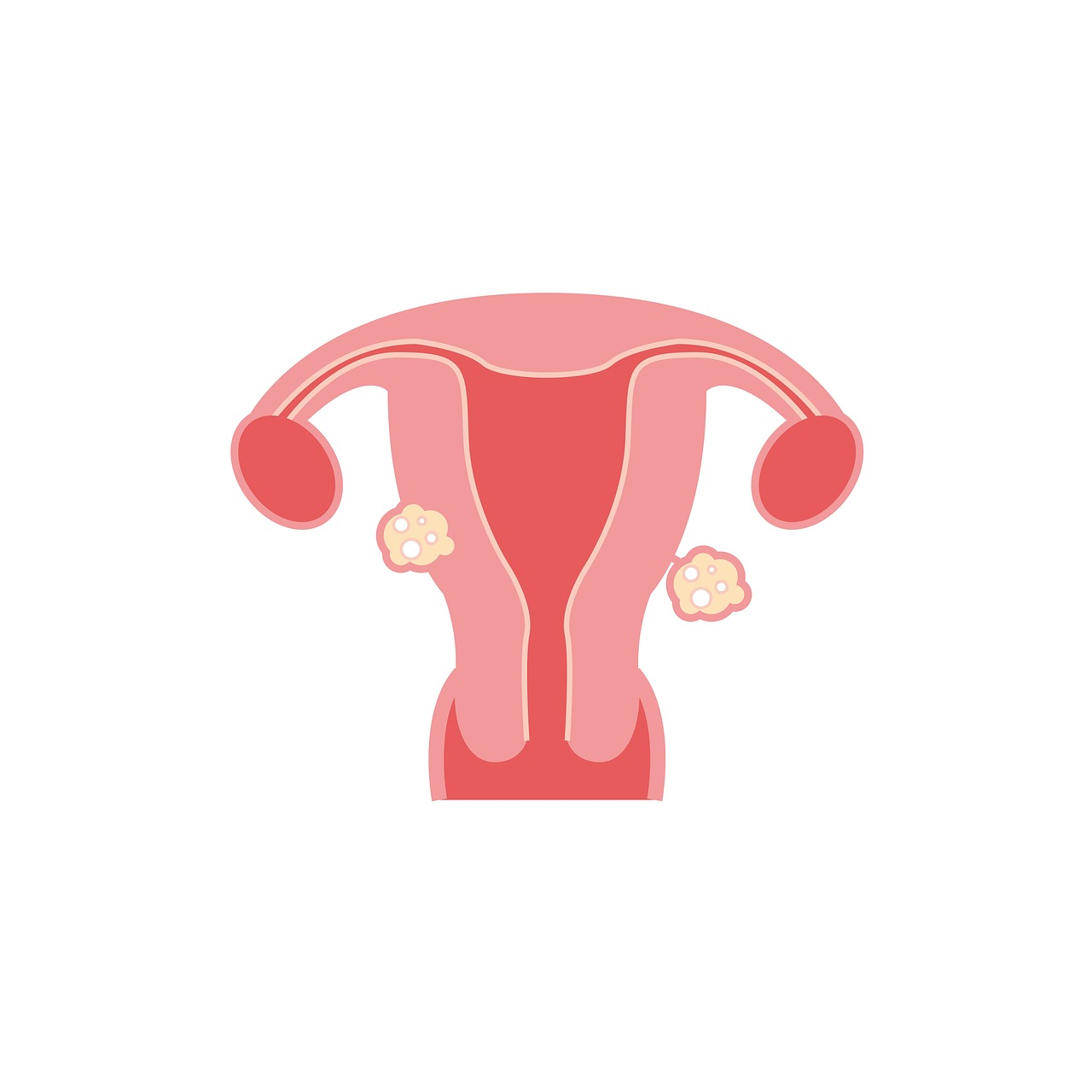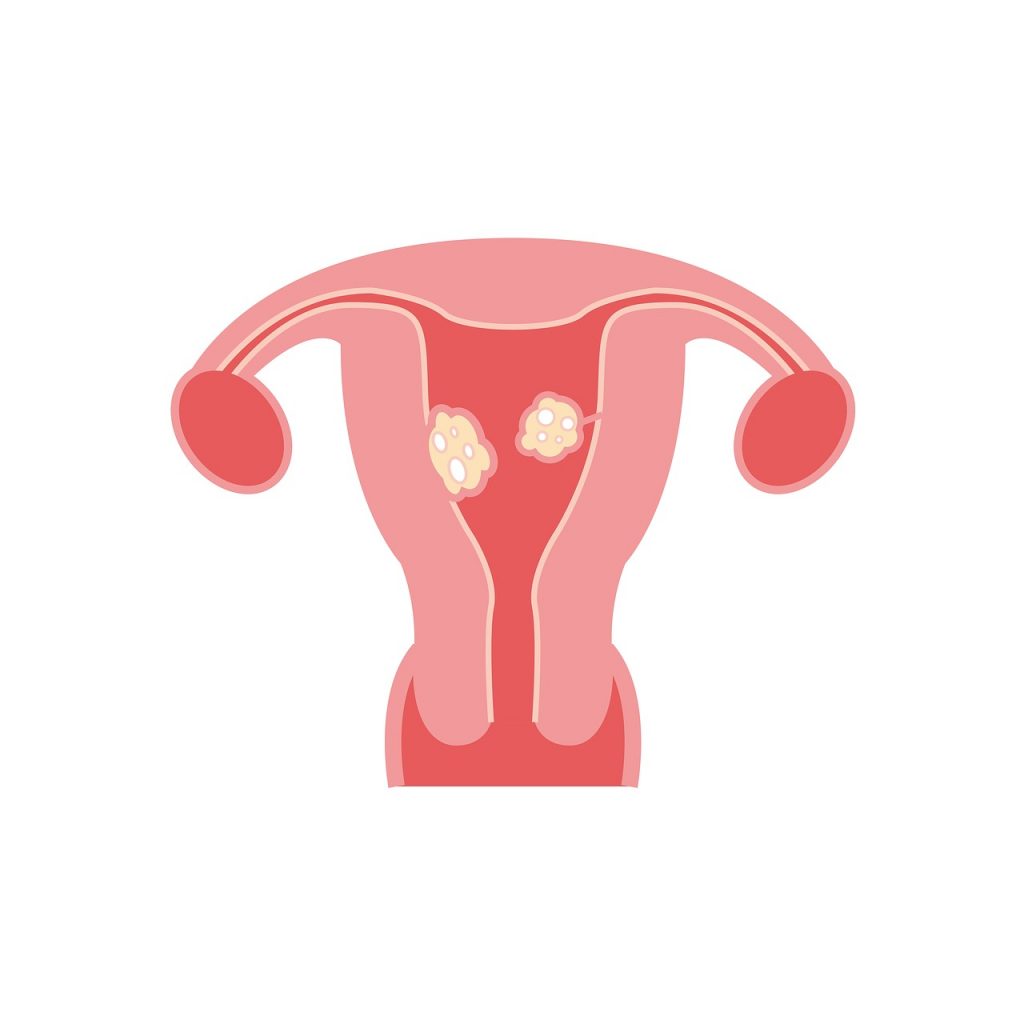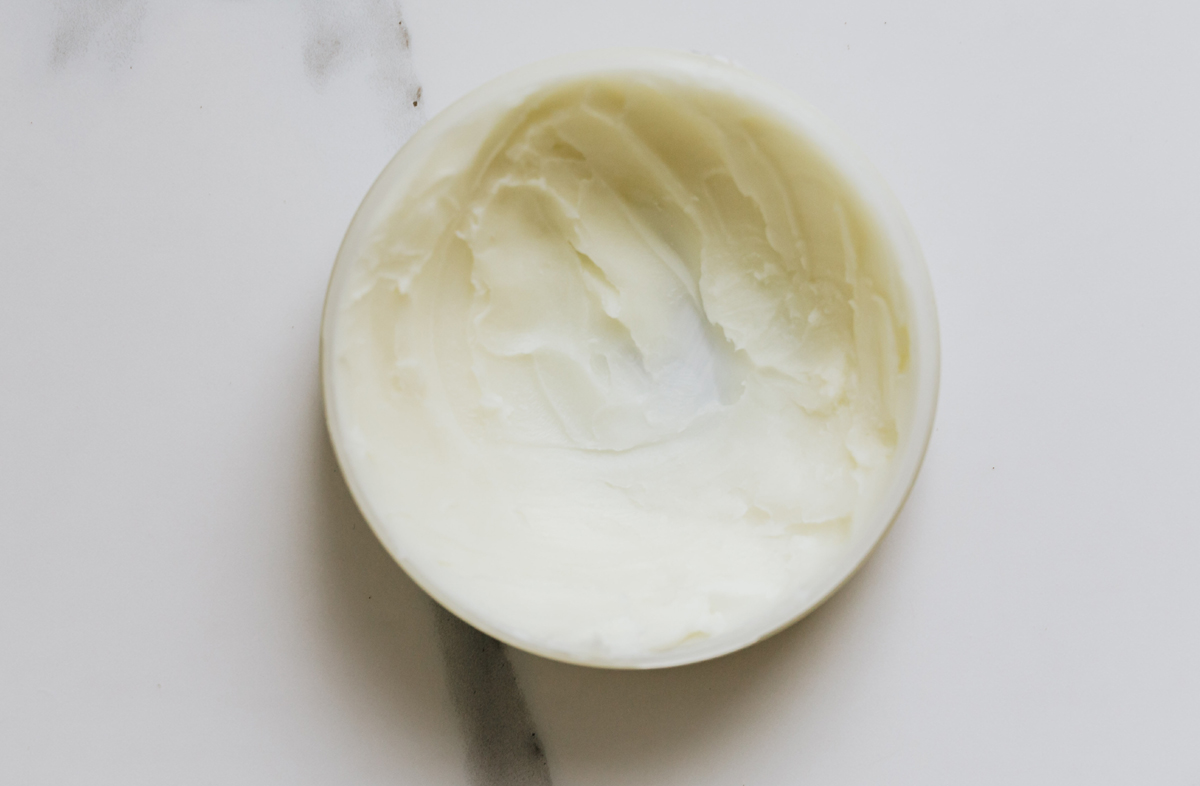Relieve Uterine Fibroid – Symptoms and Treatments

Over a hundred thousand women seek treatment for uterine fibroids each year. Many more may be affected but are not aware because they have no symptoms.
Uterine fibroids, often called leiomyomas, are generally benign and most often begin to grow in women of childbearing age. Derived from a single cell, the growths form in the soft tissue of the uterus. They can be as tiny as a quarter of an inch to larger than a softball and often grow or shrink over time. A single tumor may be present or multiple growths can occur. The fibroids can grow in the uterine cavity (submucosal), the uterine wall (intramural), or on the outside of the uterus (subserosal).

Uterine fibroids are often detected during a routine health exam and can sometimes be felt by your doctor during a pelvic exam or suspected after hearing your symptoms. If fibroids are suspected, your doctor may perform imaging testing including X-rays, cat scan, ultrasound, MRI, hysterosalpingogram or sonohysterogram. Occasionally, surgery is required to determine if fibroids are causing your symptoms.
Some of the more common symptoms include:
- Heavy bleeding, clotting, anemia
- Painful periods
- A feeling of fullness or an enlargement of the lower abdomen
- Constipation
- Low back and leg pain
- Lower abdominal pain and pressure
- Painful intercourse
- Reproductive problems
Treatments options may be determined by the size and location of the fibroids, your age, and severity of your symptoms. Many fibroids shrink after menopause, and growths causing little or no symptoms are often left alone and monitored by your health care provider. Fibroids that are causing more serious symptoms may need further treatment such as hormone therapy or surgery.
Hormones, such as Synarel and Lupron may be helpful in shrinking the growths by mimicking post-menopause by blocking the production of estrogen and progesterone, which halts the menstrual cycle.
Using a progestin releasing IUD may help decrease heavy bleeding. Oral contraceptives may also be prescribed to control bleeding. These options do not shrink the growths, but can help control symptoms. Other noninvasive procedures are available to treat uterine fibroids, including uterine artery embolization used to stop the blood supply to the fibroid, causing it to shrink and die, and hysteroscopic resection, used for fibroids present inside the uterine cavity.
Surgical options may be necessary and can include a hysterectomy to remove the uterus. This treatment is often considered for women who are past child bearing age or no longer want to have children. A hysterectomy is currently the only permanent solution for women who suffer from uterine fibroids. A myomectomy is often used to remove fibroids in women who want to have children. Unlike a hysterectomy, this procedure will preserve the uterus. A myomectomy can be performed in a variety of different ways. The size and location of the fibroids will determine the procedure that is best for you. More treatment options are available and should be discussed with your healthcare provider to determine the treatment that is best for you.
Uterine fibroids can be concerning when first diagnosed, but women can be assured that the condition is treatable. Call your health care provider if you are experiencing symptoms common with uterine fibroids.
The Author:
http://www.naturalfibroidstreatment.com









Thank for sharing.
Great knowledge for women.